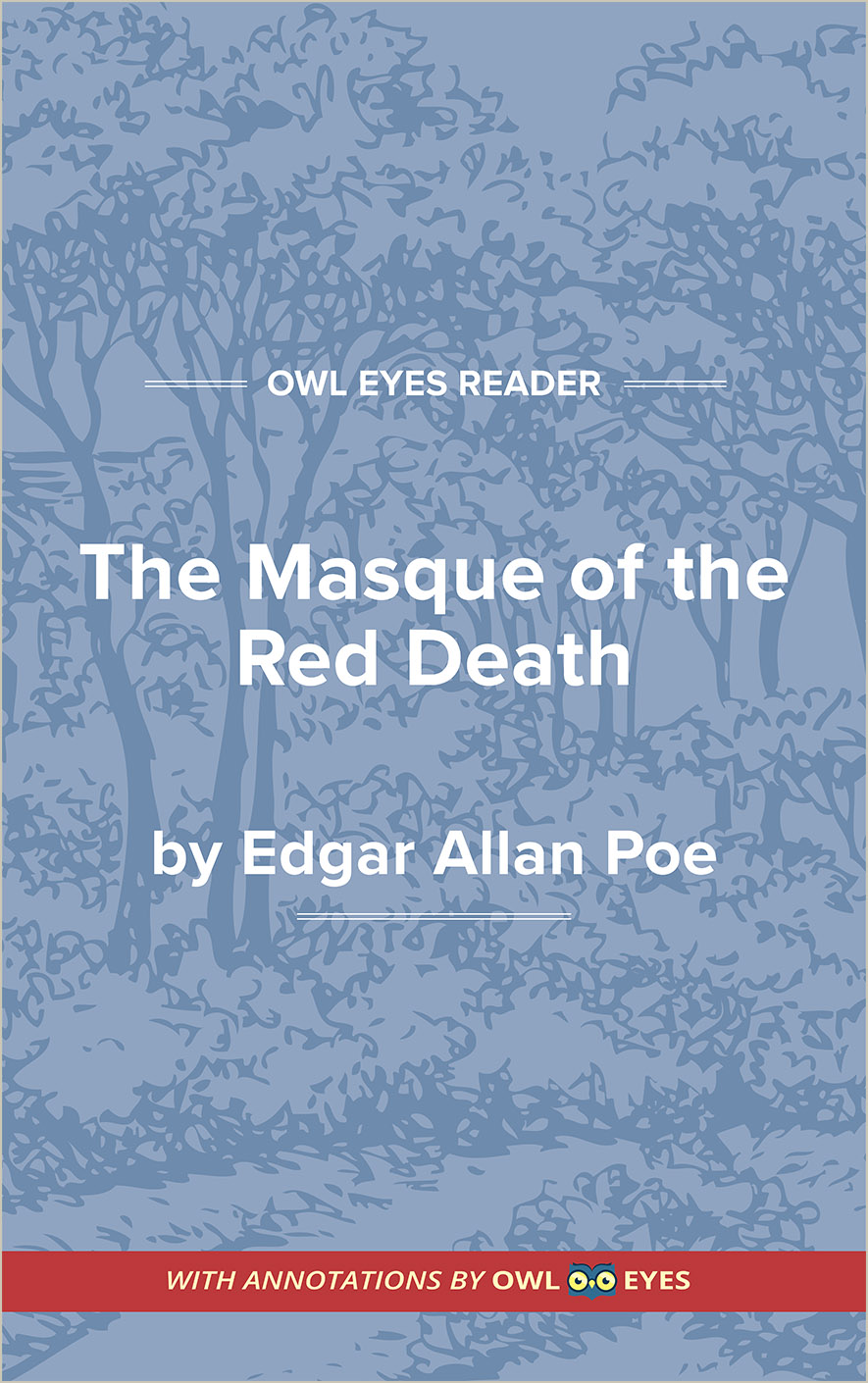Study Guide
Analysis Pages
Summary
The allegorical nature of this very brief and well-known Edgar Allan Poe story is indicated by the fact that its only named character is Prince Prospero and its only real conflict is the symbolic one between Prospero and the Red Death. The Red Death is a mysterious pestilence that has ravaged the countryside; no pestilence has ever been so fatal and hideous. It manifests itself on the victim with bleeding at the pores, especially on the face, and inevitably ends with death in the space of half an hour. After half of his people have died from this plague, Prince Prospero takes many of the knights and ladies of his court into his castle and welds shut all the doors and windows, determined to escape death. In a supreme gesture of self-willed pride, Prospero assumes that “with such precautions the courtiers might bid defiance to contagion. The external world could take care of itself. In the meantime it was folly to grieve, or to think.”
The main action of the story centers on a masked ball given by Prospero, during which those within can forget the reality of death outside. The buffoons, actors, dancers, and musicians who dominate the ball create an inner world hermetically sealed off from external reality: “All these and security were within. Without was the ’Red Death.’” In this very static and stylized piece of fiction, Poe spends approximately one quarter of the story detailing the interior of the ballroom, the primary characteristics of which are seven rooms so arranged that one cannot see them in a long vista, but only one at a time.
Each room has Gothic windows of stained glass, which match in color the decor of the rooms themselves. The order and color of the rooms and windows are blue, purple, green, orange, white, violet, and black. Only in the last room, shrouded in black, does the color of the windows differ from the color of the rooms, for here the windows are blood red. In the corridor outside the windows, a brazier of fire projects rays through the windows to create fantastic appearances within. In the final, or western, chamber, the fire throws such grotesque images through the red windows onto the black curtains that no one wishes to enter it. In this room also is an ebony clock that, when the hour is struck, makes everyone at the ball stop their dancing to listen to the sound in somber meditation or reverie.
Much of the remainder of the story describes the arabesque and grotesque figures who inhabit the rooms, characters who seem less like real...
(The entire page is 667 words.)
Owl Eyes subscribers get unlimited access to our expert annotations, analyses, and study guides on your favorite texts. Master the classics for less than $5/month!

